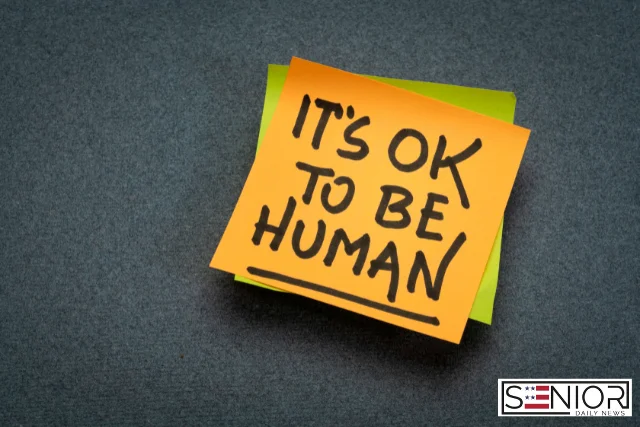How Ending Daylight Saving Time Could Transform Public Health, Energy Efficiency, and Automation Strategies

Examining the Proposal to End Daylight Saving Time
In a recent move that could redefine timekeeping in the United States, President-elect Donald Trump has voiced a proposal to terminate Daylight Saving Time (DST). Labeling it as ‘inconvenient and very costly,’ Trump’s initiative promises to stir significant debate across various sectors. Here’s a closer look at the rationale behind this proposal, the associated health risks, and the wider implications on public health and energy conservation.
The Health Implications of Daylight Saving Time
The twice-yearly transition into and out of DST has consistently been tied to numerous health concerns. Studies have linked these transitions to a spike in cardiovascular incidents, an uptick in road accidents due to darker mornings, and even potential gastrointestinal troubles. Researchers argue that adhering to permanent standard time could better sync with our natural circadian rhythms, potentially diminishing these health risks. National Center for Biotechnology Information underscores similar findings, where the misalignment between DST and our biological clocks might be causing more harm than previously thought.
Historical and Legislative Context
Initially introduced during World War I to save energy, DST was standardized in the U.S. in 2007 under President George W. Bush, defined to start on the second Sunday in March and end on the first Sunday in November. More recently, the Senate passed the Sunshine Protection Act in 2022 to make DST permanent, though it has yet to pass in the House. This historical ebb and flow highlight the complexity and the evolving nature of DST’s utility and impact.
Public Health, Energy, and Political Influence
The conversation around abolishing DST isn’t just about adjusting clocks; it’s deeply entwined with larger global issues like public health and energy conservation—a theme that’s ever-relevant given today’s climate concerns. Originally meant as a power-saving measure, the actual energy savings from DST are now debatably minimal, with the conversation shifting towards the potential health benefits of doing away with the practice altogether.
Moreover, the debate has attracted attention from high-profile personalities such as Elon Musk and Vivek Ramaswamy, highlighting the political and technological dimensions attached to the DST debate. Their involvement suggests that public opinion and political lobbying continue to play critical roles in shaping public policy.
Looking Forward: Global Trends and Emerging Debates
The DST discussion mirrors a broader global trend where the intersections of health, technology, and policy achieve prominent focus. The increasing involvement of tech figures in policy debates underscores the potent influence of technological perspectives in legislative processes. Similarly, the heightened emphasis on public health is setting a precedent for health considerations to be more integrated into future policy decisions.
As this debate unfolds, it’s crucial for the public and policymakers alike to continue engaging with credible sources and expert consultations to fully understand the implications and feasibility of such significant changes. For more in-depth analysis, resources like the U.S. Department of Energy provide extensive data and projections on the implications of time changes on energy consumption and efficiency.






